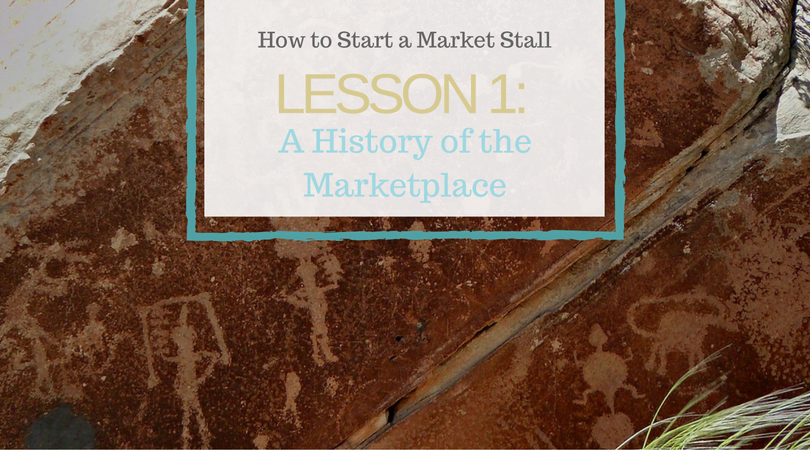Lesson 1: A History of the Marketplace
We begin at the start of the journey to the marketplace… It is something special.
The Three-stage system
Humankind develops in roughly 3 stages, Stone, Bronze and Iron Ages *.
During the Stone Age people fashioned tools from stone. They foraged and lived in relatively small groups. The world was still very wild and took sheer determination to survive for the next day. As they develop we see small changes occurring between 6000 BCE and 2500 BCE which turns the world on its head.
Humans begin working with metals during the Bronze Age and formed them into tools and jewellery. It is a long transition period of about 3000-4000 years, which starts with copper smelting and continues into more advanced smelting as different metals are found.
It was during the Bronze Age that Sumer developed into what is generally understood to be the first civilisation in South Mesopotamia. (Southern Iraq to us) We can count Ancient Egypt here too which is independently developing around the Nile.
When the Bronze Age Collapsed rather violently, huge cities were ravaged and destroyed. See more on the Bronze Age Collapse.
The Iron Age is a continuation of those developments in working with iron. The Iron Age lasted until Greece and Rome established themselves in 776 BCE and 753 BCE respectively. This forms the foundation upon which we have built and so ends the very brief history lesson**.
Bartering
Our ancestors needed to be self-sufficient while they were foraging and fending for themselves. In small groups, they would be able to fend off wild animals, live in shelters like caves or build simple houses. As they progressed so their way of life had to as well.
When there are larger numbers of people living together, then there is less requirement for self-sufficiency. Some become experts at what they do and others go to them for their skills. This is the tentative start of the history of the marketplace.
Agriculture also becomes more formalised with crops being grown and storage of grain being developed. Within all these developments a common practice of bartering for goods is well established.
The simple explanation of bartering is,

Swapping one thing for the same/equal/higher value for another thing.
For example, swapping your time at work for money, and then swapping that money at the market stall for food to feed yourself or your family.
Bartering is the exchange of one item for another based on the value of that item. For example, I have made a lovely dining table to eat on and you want it. But you only have a goat, a chicken and a bag of grain to offer me for it. I consider what the value of the table is to me and the effort I put into making it, and together with my need to eat, I consider swapping it.
I could ‘negotiate’ on the table, may even suggest you bring me another bag of grain in six months, but one way or the other, I ‘sell’ the table in exchange for other goods.
As we develop, we begin to agree on a common system of trade and decide on money as the common tool to exchange. The money still represents the Goat, Chicken and bag of grain, it is just than when I sold them for money it could now be used in exchange for anything else too.
Currency

We know there are places where cows and camels are used as money. They are quite hefty to carry around on your back though and so we see other options emerge.
There was the currency of Cowry shells, obsidian (Black volcanic rock), and salt, but it was the introduction of metals that changed the idea of money. (Now you understand the history lesson above!!!)
Gold and silver are seen in Egypt as far back as 4000 BCE, even the book of Genesis mentions silver as a form of payment and that dates back to between 1900-1200 BCE.
The reason for this shift? Metal could be easily carried and weighed. It could be stamped with a symbol, and it could mean similar things to different cultures and in different languages.***
I could use money to buy something I wanted because the money could be used in most exchanges.
The Rise of the Fixed-Price
You may have arrived at this part of the article and thought, “Yup, knew that!” What about the fixed-price sale then?
A common misconception with our current model of buying and selling is there is no negotiation on price anymore at the supermarket or online. There is a little more to it…
When you decide to purchase a sandwich at a supermarket, and although you spoke to no one about the price, you still agreed the displayed price was a fair price to pay and bought it.
You may have even checked the other prices on the shelf and bought according to the cheapest, but most fair value of all the sandwiches. You may have looked for one with more filling in and then agreed to buy it for the advertised price. Either way, you ‘silently’ agreed to the ‘fixed’ price with the supermarket and exchanged your money for the sandwich.
There was still a barter going on, only now it is silent. The really interesting part though, is if you feel that the value of your money represented more than the sandwich was worth, then tomorrow you will buy from another shop. You decided what the right value for a sandwich is.
The underlying law of any transaction is this,

Whatever I give you of value, must be equal to, or near equal to your item of value, for us to be happy.
A fundamental law of the universe too!
Understanding the True Value

You may be wondering how any business is done if it must always equal the value. You may ask, “How can I make a ‘profit’ on what I sell if I can only sell something equal in value to the money I receive?”
The profit is your time!
Your time to make, acquire, bulk purchase and/or market the product. The time it takes to make the sale. The equipment you used to manufacture an item. The fuel that was burnt to heat the stove to cook the food. The time it takes is where you are going to “value” an item.
We are all aware that if I go to a farmer and ask for a pint of milk it will cost me a few pence. Maybe even as much as twenty pence. Yet if I go to the supermarket, it will cost me a pound. How can a supermarket make such a large ‘profit’ from one pint of milk you wonder.
Time!
The nearest farm that produces milk for my home is nearly half an hour away. I’ve been, and it took me nearly an hours round trip to get there and back. The local shop is a 10 minute walk.
I had to take my own container to the farm, the shop had it ready to sell from the shelf.
I had to pay in cash at the farm, the shop allowed me to use my swipe card.
It comes down to time and the true value of it.
Conclusion
When we understand everything is valued by the value of the item AND the time placed within it, we begin to change the way we look at the products we will market and sell to others at a market stall.
When you value your time and realise spending all day making phone calls to find the lowest-priced products to sell at a market, we’ll value our time accordingly.
Understanding the person who buys your item may not understand the time factor, requires us to talk to people and tell them about our product. The ‘sales pitch’ is more than a hard sell, it is explaining why your product is worth the money you are asking.
These important points will be expanded on later for developing ideas to market your products.
Go make a cup of tea, and while it’s brewing think about all the time that was taken to harvest, package, and ship those tea bags to the shop you bought them in, and they are only dry old leaves at the end of the day!
Quick Quiz
- How is bartering best defined? (Can you find a better example and post it to the Facebook Page?)
- Why is time a charge worth considering?
- What should form part of a sales pitch?
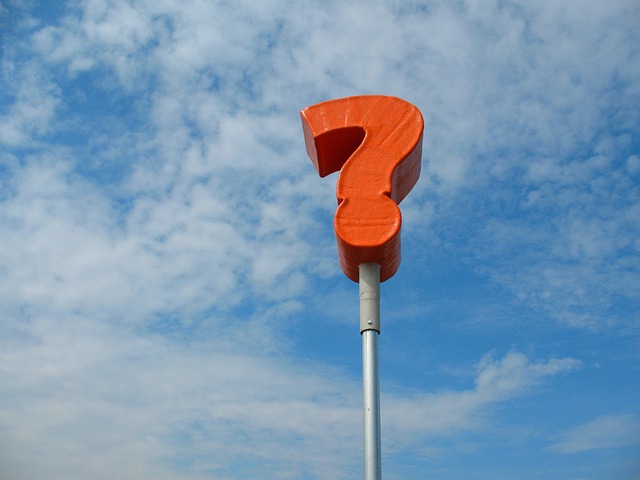
Reference
Similar Posts
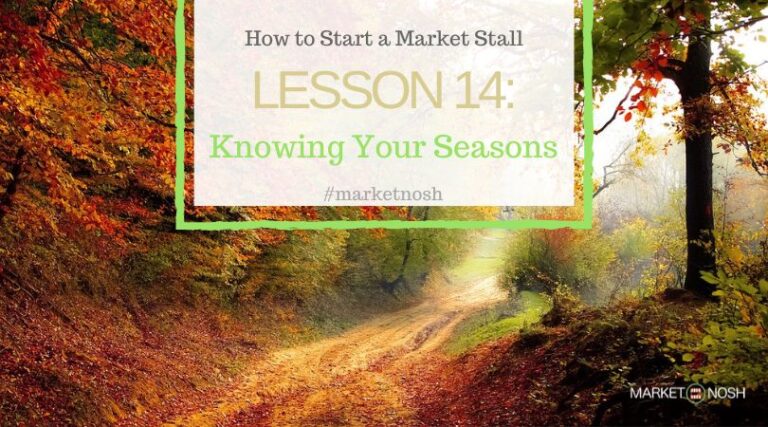
Lesson 14: Knowing your Seasons
ByMaurice
Everything has a season. The weather has different seasons and customers have seasons. Things you buy have seasons. Market Stall vendors will encounter these shifting seasons…
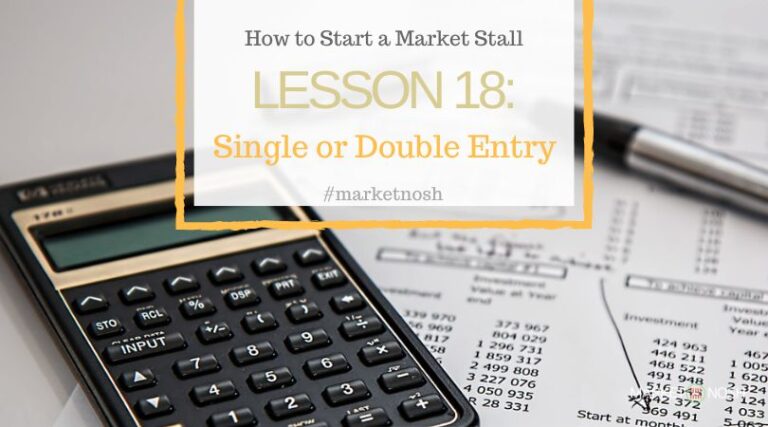
Lesson 18: Single or Double Entry Accounting
ByMaurice
In the last lesson, we discussed accounting and why there is a benefit to not only keeping accurate records but how it can also drive…
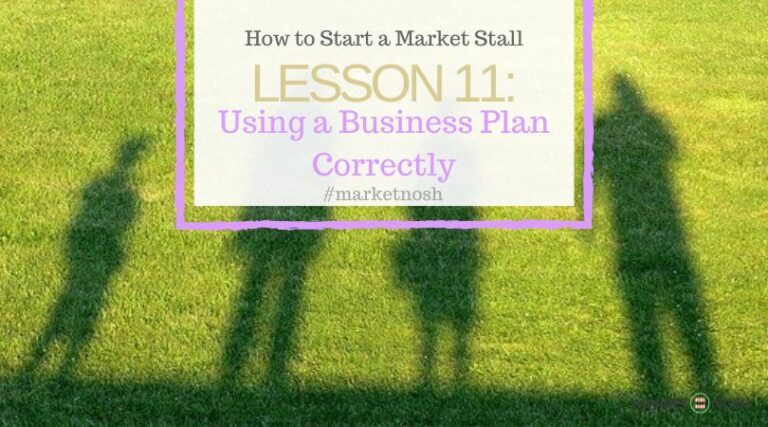
Lesson 11: Using a Business Plan Correctly
ByMaurice
You have spent the time working through your ideas. You have done your research and you have a clear picture in your head of your…
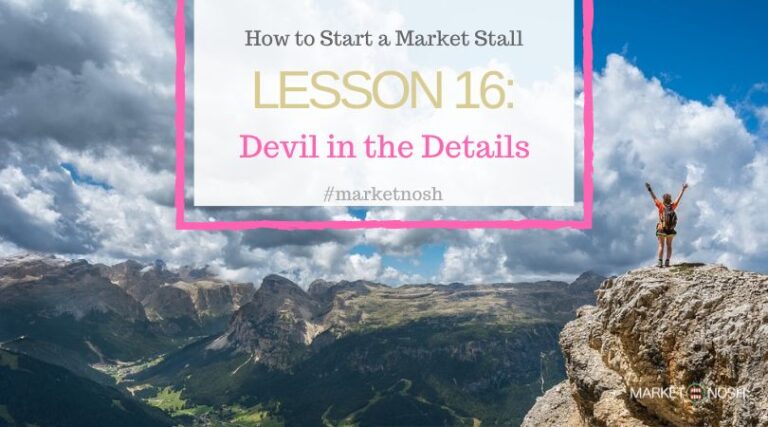
Lesson 16: Devil in the Details
ByMaurice
The one thing that trips everyone up is the paperwork and the small admin jobs that are required for every business. Whether you are a…
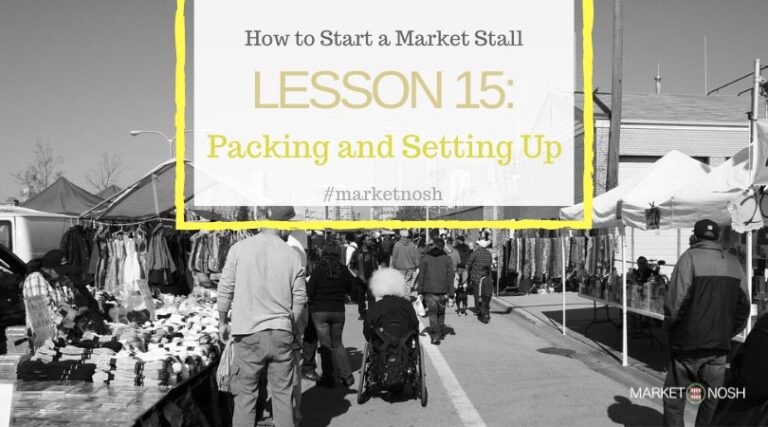
Lesson 15: Packing and Setting Up
ByMaurice
Ever thought why the ‘seasoned’ traders make it look so easy when they arrive at the market and by the time you turn around they…
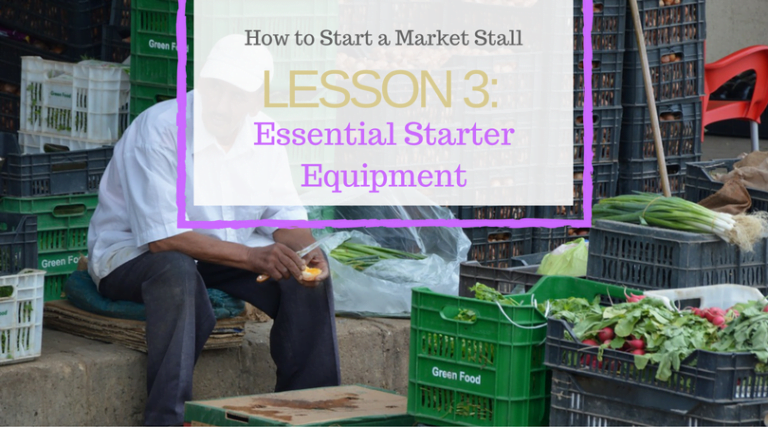
Lesson 3: Essential Starter Equipment for the Market Stall
ByMaurice
There are many ways you can trade on the market stall. The cheapest method, lay down a cardboard box and place your items on the…

